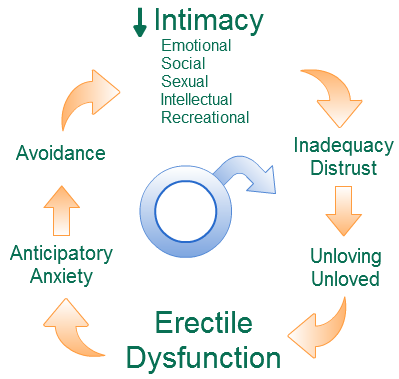Psychological development is a key aspect of any ‘Healthy Baby Contest”. Pathfinder Clinic judged the psychological development of toddlers participating in one such local event. Healthy baby contests are among the most attractive activities organized by many preschools and communities. Assessment is a sensitive issue at any Healthy Baby competition. Parents of contestants are concerned regarding partiality and subjective errors. Judging a Healthy Baby Contest objectively is crucial to the credibility of the event.
Can psychological development be objectively assessed in 5 minutes?
Psychological assessment can be time consuming and difficult to operationalize. The child’s development is captured in speech, social interaction, and manipulation of every- day objects. Usually a child’s developmental milestones are judged ‘objectively’ based on the parents responses to available screening questionnaires.
We decided to get our knees dirty and go down to toddler level to get a direct assessment of where they were at. The caveat, the organisers wanted us out of the way in two hours. We judged 39 toddlers aged 2 to 4.5yr. We took three hours; less than 5 minutes per child on an average.
Method
The atmosphere around the play rooms was intense - mainly contributed by parental anxiety. Pre-school coordinators ensured each child walked into the room with their parents. Despite some adult anxieties each family was safely seated at toddler level. Every child was greeted and asked their name. They were then asked to point to and name parts of the body and animal figures; draw age-appropriate figures; manipulate wooden blocks or coloured beads; and catch a large ball.
Children were assessed on these categories
- Speech and language
- Social function
- Fine motor function
- Gross motor function
- Cognitive function
The scores were entered into a proforma and results tabulated
Are healthy baby contests a waste of time?
Of course things didn’t always go smoothly, but under all the levity some serious assessment work was done. We learnt from the kids. Fans and lights are passe as objects to point out - a laptop will always bring out a prompt pointing index finger. The advantages are apparent
- With a reliable scoring system, the results are easy and quick to interpret and more acceptable.
- The results can be explained scientifically
- The protocol can serve as a guideline for educating caregivers and teachers regarding simple criteria for monitoring the child’s health status. These also serve as a checklist for their activities.
- Screening of at risk children - one child screened positive for autism (prevalence rate in the literature is 1 in 110). The parents were advised the need for follow-up.
- Data obtained is used to establish local norms for child development
Healthy Baby Contests can have a positive impact on the community when conducted scientifically. Psychological development of infants and toddlers can be effectively judged through direct observation in a short time-frame.
References
- Bhat G, Pardeshi S, Kakrani V, Pratinidhi A. Making healthy baby contests more objective. Indian J Med Sci [serial online] 2001 [cited 2012 Mar 23];55:553-8. Available from: http://www.indianjmedsci.org/text.asp?2001/55/10/553/12035
- M.L. Kulkarni, G.L. Mohan. Healthy Baby Contests-Beyond show, Beyond Objectivity Towards Health Education Indian Pediatrics 1999; 36:417-418 http://www.indianpediatrics.net/apr1999/apr-417-418.htm





